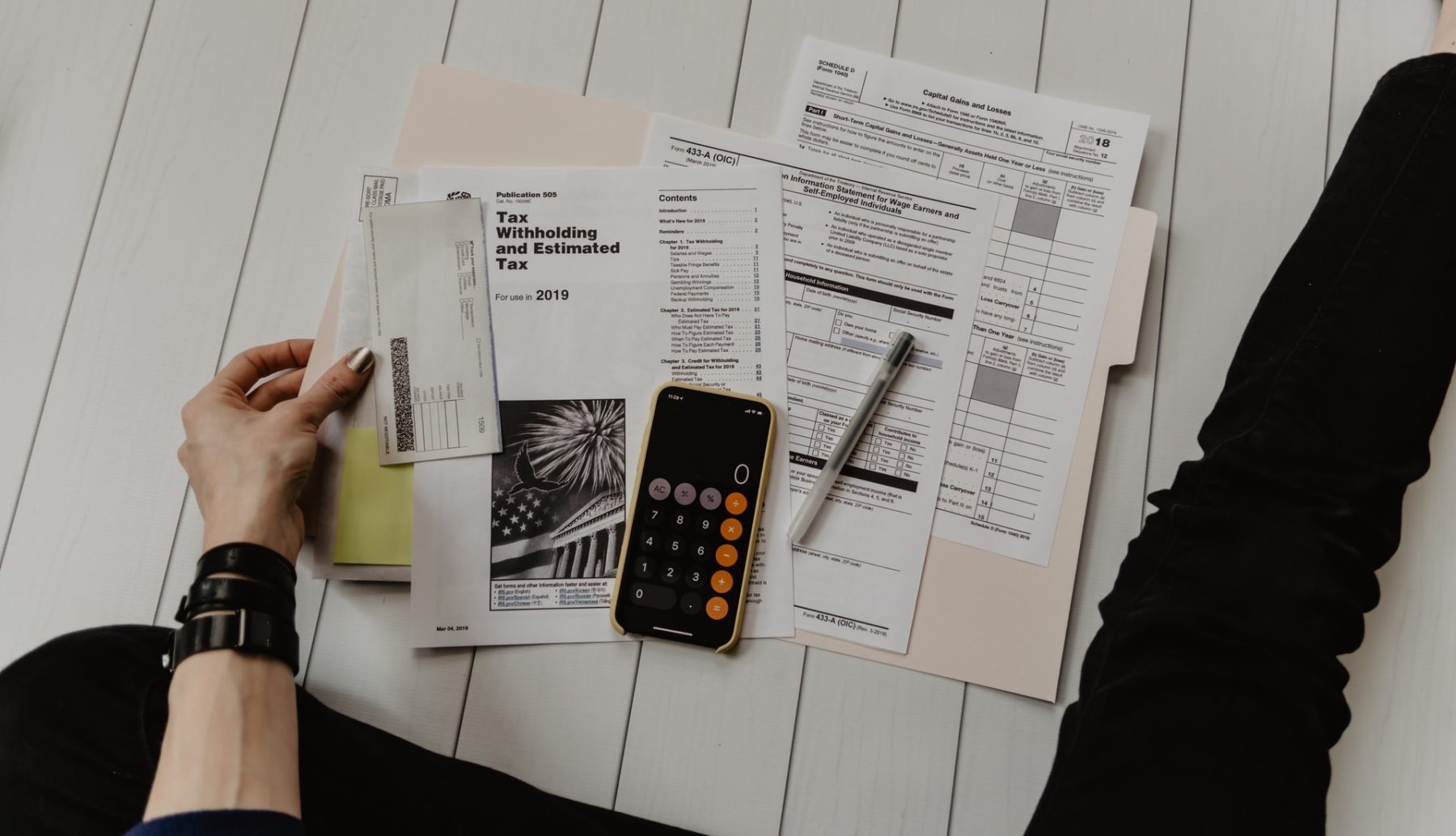If you’re running a business, there are a lot of financial terms that you have to keep on top of. VAT is one of the most important.
Having to manage VAT, with its differences in rates and the number of documents, can be confusing for anyone, including seasoned entrepreneurial pro!
In this post, we’ll take you through what VAT is, who pays it at what rate, and how you can manage VAT more efficiently.
What is VAT?
VAT stands for Value Added Tax. It’s added onto the price of goods and services by businesses that are VAT registered. There are different rates of VAT depending on what it is that’s being sold, and it’s one of the biggest sources of government revenue, representing 6% of national income.
What are the VAT rates?
Disclaimer: the rates listed below are UK specific; rates will differ in other countries. Rates can also be changed by governments, in response to wider events – for example, at the height of the COVID-19 pandemic the government reduced the VAT rates for hospitality businesses to stimulate growth.

| VAT Rate | Percentage | What this rate applies to |
| Standard Rate | 20% | Most products and services |
| Reduced Rate | 5% | Children’s car seats, home energy and more. |
| Zero rate | 0% | Children’s clothes and shoes, books and newspapers and more. |
| Exempt | N/A | Postage stamps, financial and property transactions, insurance and more. |
Who pays VAT?
It’s important to note that not all businesses have to pay VAT – only those whose VAT taxable turnover is above £85,000.
Those businesses that don’t meet this threshold can apply voluntarily to pay VAT. There are benefits and drawbacks to this – while managing VAT will involve extra bookkeeping and price increases, you should be able to claim it back on any eligible purchases. If you regularly buy a large number of business supplies from VAT-registered businesses, this could save your business money.
Making Tax Digital (MTD): How do I Manage VAT Effectively?
You’ll have heard a lot over the last few years about Making Tax Digital (MTD). This refers to the government’s digital tax initiative that had its first phase from April 2019. The idea is to encourage more businesses to adopt digital ways of working.
The VAT-focused part of this initiative went live in April 2022. By this date, all VAT-registered businesses had to use accredited accounting software to manage VAT. If you’re used to paper statements, doing your tax return digitally might seem like an unnecessary change, but it can cut your admin times to hours instead of days.
Software is one of the key steps on a business’ road to becoming MTD compliant – and you need to be picky, as only certain types of software are HMRC-recognised. Sage software is one of these (and we know a thing or two about it!)
Nobody likes having to file tax returns – but at the end of the day, the process is only as daunting as you make it. Knowing what you’re dealing with, and having the right kit to help you along, can make it less of a chore.
Investing in software makes VAT returns a breeze. Contact PKF Smith Cooper Systems today and see how Sage can help. Call us on 01332 959008, or use the enquiry form.
Interested to know more about our Sage solutions?
Call 01332 959008 or enquire online today
"*" indicates required fields

